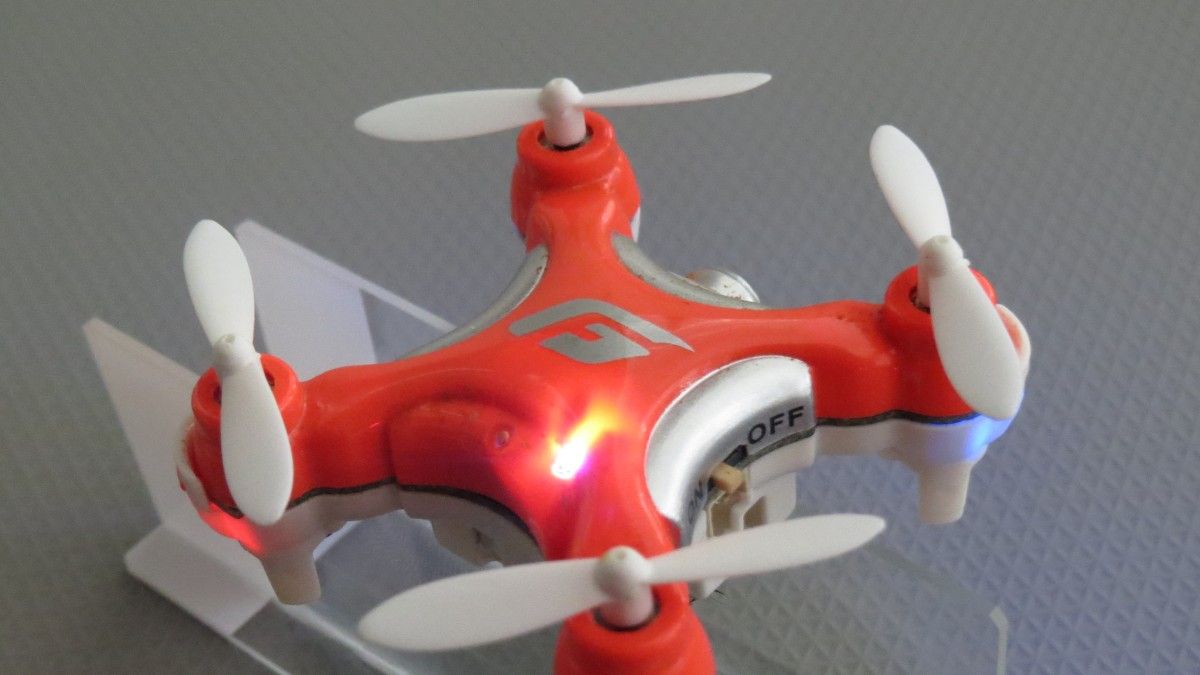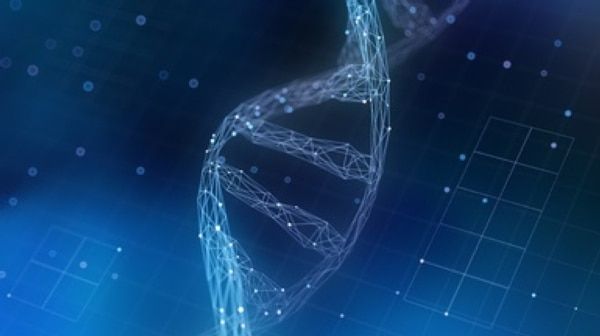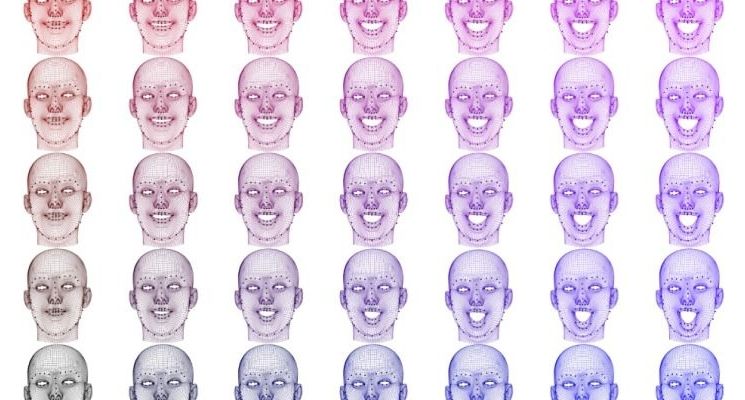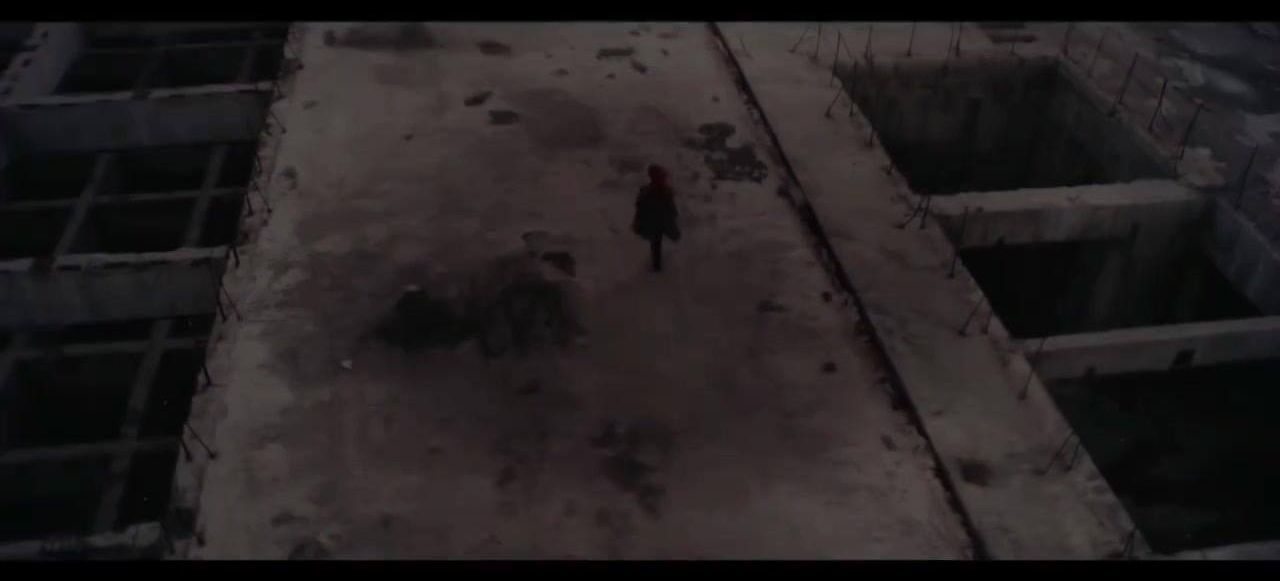Page 10205
Jul 31, 2017
Understand 40 different languages with these powerful ear buds
Posted by Shailesh Prasad in category: futurism

Jul 31, 2017
Storing Data in DNA Brings Nature into the Digital Universe
Posted by Shailesh Prasad in categories: biotech/medical, entertainment
We’re not going to stop taking pictures and recording movies, and we need to develop new ways to save them.
- By Luis Ceze, Karin Strauss, The Conversation US on July 29, 2017
Jul 31, 2017
Physics of bubbles could explain language patterns
Posted by Shailesh Prasad in category: physics
Language patterns could be predicted by simple laws of physics, a new study has found.
Dr James Burridge from the University of Portsmouth has published a theory using ideas from physics to predict where and how dialects occur.
He said: “If you want to know where you’ll find dialects and why, a lot can be predicted from the physics of bubbles and our tendency to copy others around us.
Jul 31, 2017
How Blockchain Can Make Identification Borderless and Immutable
Posted by Shailesh Prasad in categories: bitcoin, finance
Solutions with blockchain are helping against the battle of extreme poverty and improving the lives of refugees. BanQu is banking the unbankable.
Jul 31, 2017
This facial recognition system tracks how you’re enjoying a movie
Posted by Shailesh Prasad in categories: entertainment, mathematics, robotics/AI
As moviemaking becomes as much a science as an art, the moviemakers need ever-better ways to gauge audience reactions. Did they enjoy it? How much… exactly? At minute 42? A system from Caltech and Disney Research uses a facial expression tracking neural network to learn and predict how members of the audience react, perhaps setting the stage for a new generation of Nielsen ratings.
The research project, just presented at IEEE’s Computer Vision and Pattern Recognition conference in Hawaii, demonstrates a new method by which facial expressions in a theater can be reliably and relatively simply tracked in real time.
It uses what’s called a factorized variational autoencoder — the math of it I am not even going to try to explain, but it’s better than existing methods at capturing the essence of complex things like faces in motion.
Continue reading “This facial recognition system tracks how you’re enjoying a movie” »
Jul 31, 2017
The Next Pharmaceutical Revolution Could Be 3D Bioprinted
Posted by Shailesh Prasad in categories: 3D printing, biotech/medical
Body organs such as kidneys, livers and hearts are incredibly complex tissues. Each is made up of many different cell types, plus other components that give the organs their structure and allow them to function as we need them to.
For 3D printed organs to work, they must mimic what happens naturally – both in terms of arrangement and serving a biological need. For example, a kidney must process and excrete waste in the form of urine.
Our latest paper shows a new technique for 3D printing of cells and other biological materials as part of a single production process. It’s another step towards being able to print complex, living structures.
Continue reading “The Next Pharmaceutical Revolution Could Be 3D Bioprinted” »
Jul 31, 2017
New Stem Cell Therapy Could Help Treat Osteoporosis and Restore Bones
Posted by Shailesh Prasad in categories: biotech/medical, life extension, space
For every month in space, astronauts can lose 2.5 percent of their bone density. This is quite troublesome, as it will likely compound with the natural process of aging that also reduces bone density. However, a new therapy could be a fantastic solution to this issue, along with many other bone-weakening conditions.
Researchers from University College London have discovered that stem cells found in human amniotic fluid could be used in a treatment to strengthen brittle bones. The research, published in Scientific Reports, shows the treatment resulted in 79 percent fewer fractures in mice with brittle bone disease. Out of a total 324 mice, 168 were treated, while 156 served as the control group. Eight weeks after the mice were treated both the test group and the control group were evaluated for fractures.
Every control mouse exhibited fractures. Conversely, fractures in the experimental group decreased between 69 and 89 percent, leading to the 79 percent decrease in the fracture rate across all tested bones. Pascale Guillot, the study leader, found that the treatment was not resulting in new bone formation, but instead helping to fortify existing bone tissue.
Continue reading “New Stem Cell Therapy Could Help Treat Osteoporosis and Restore Bones” »

















